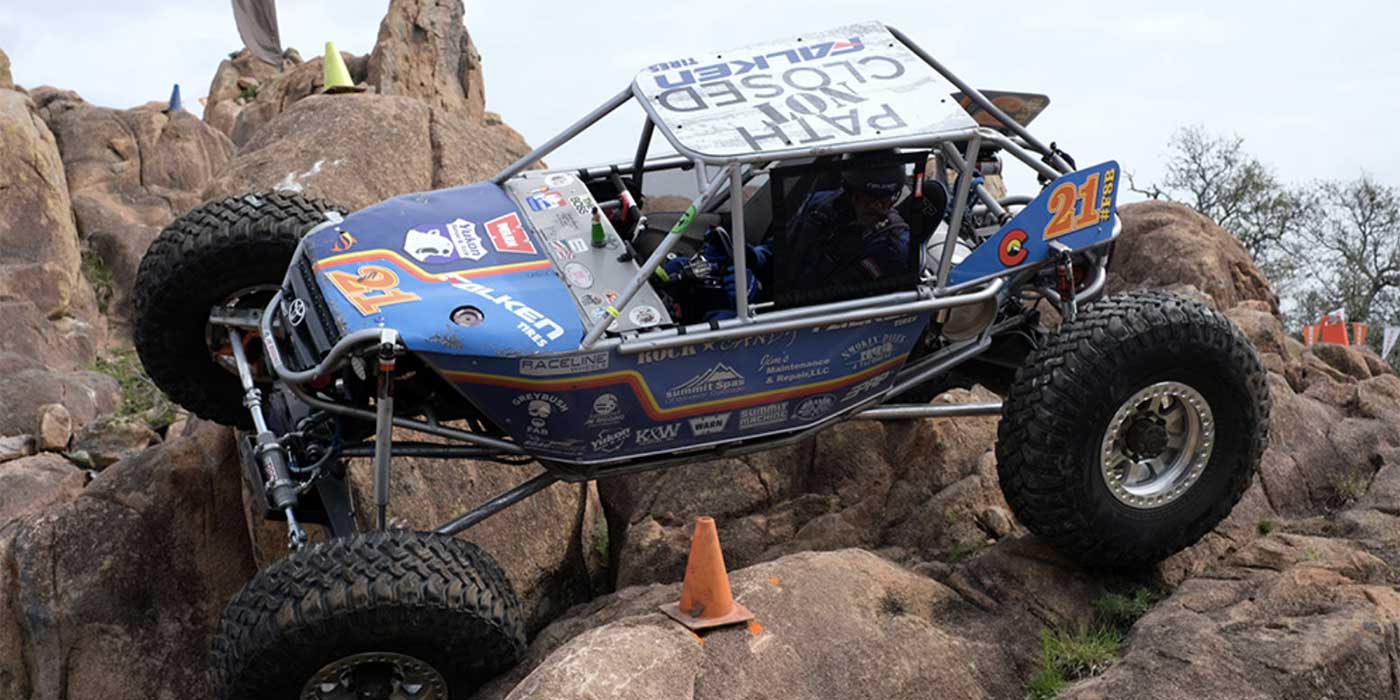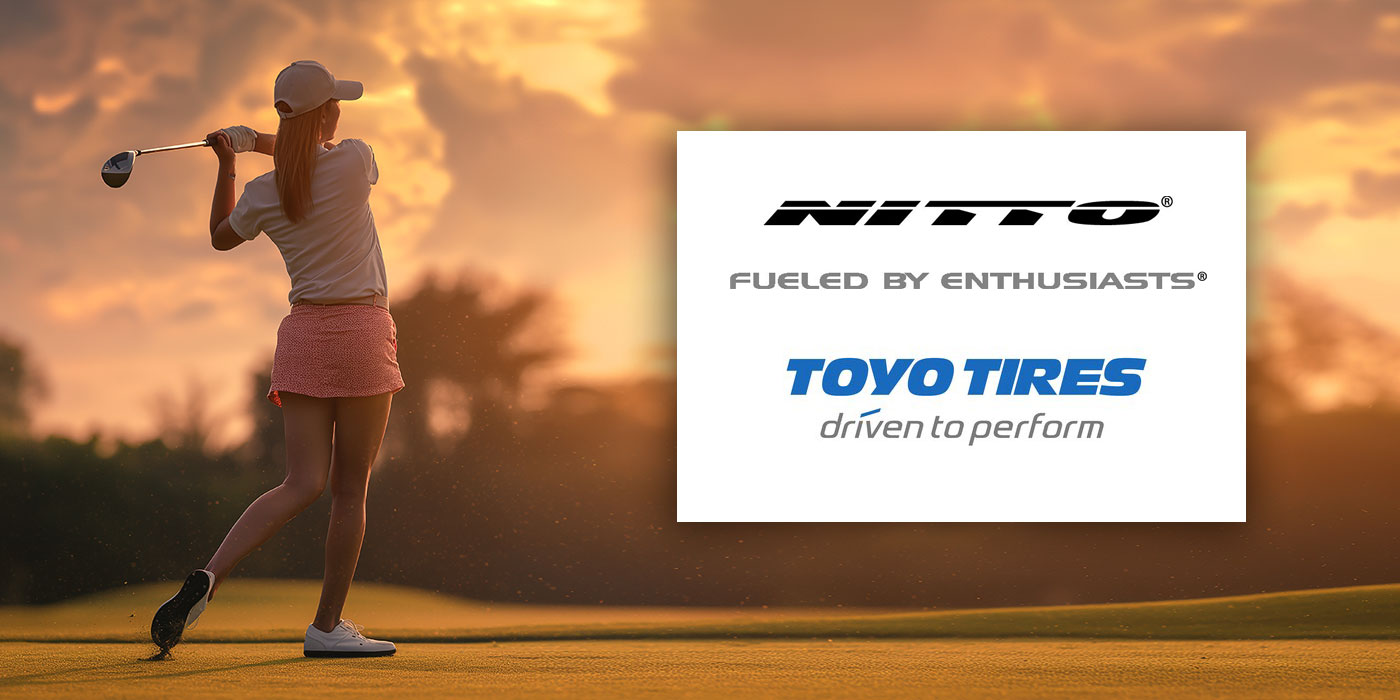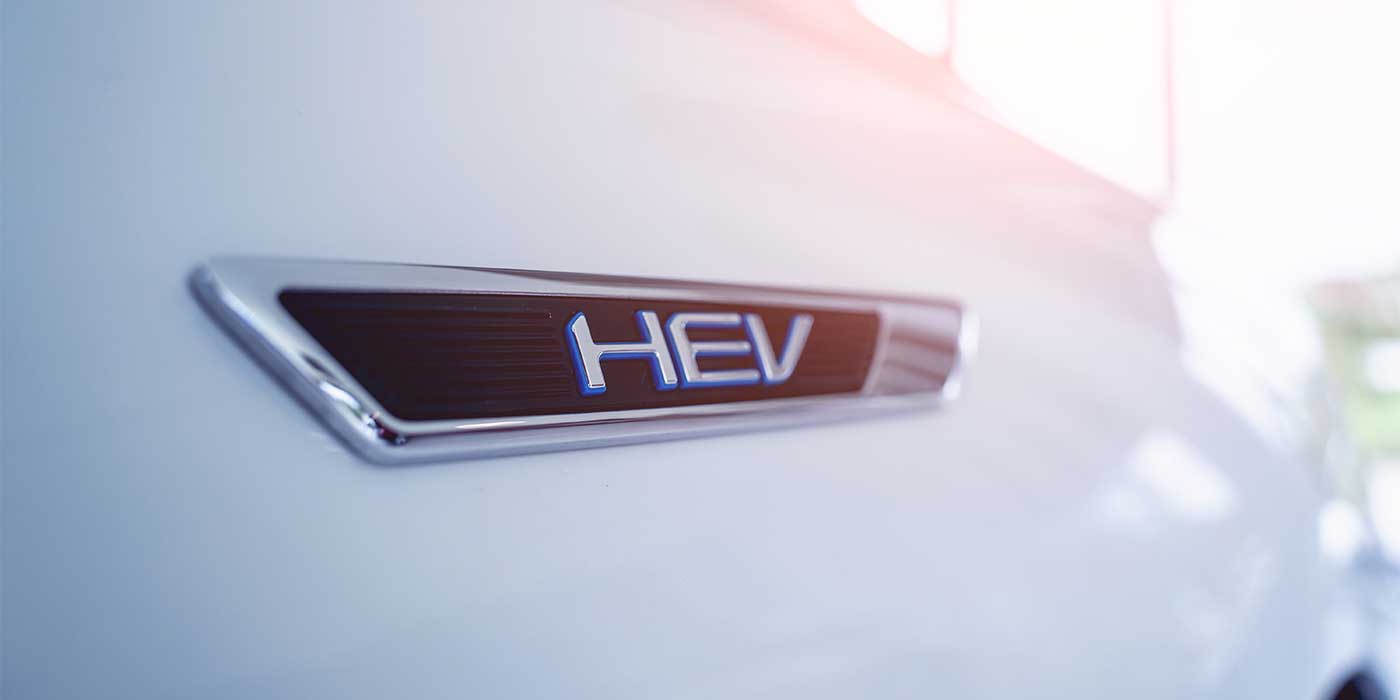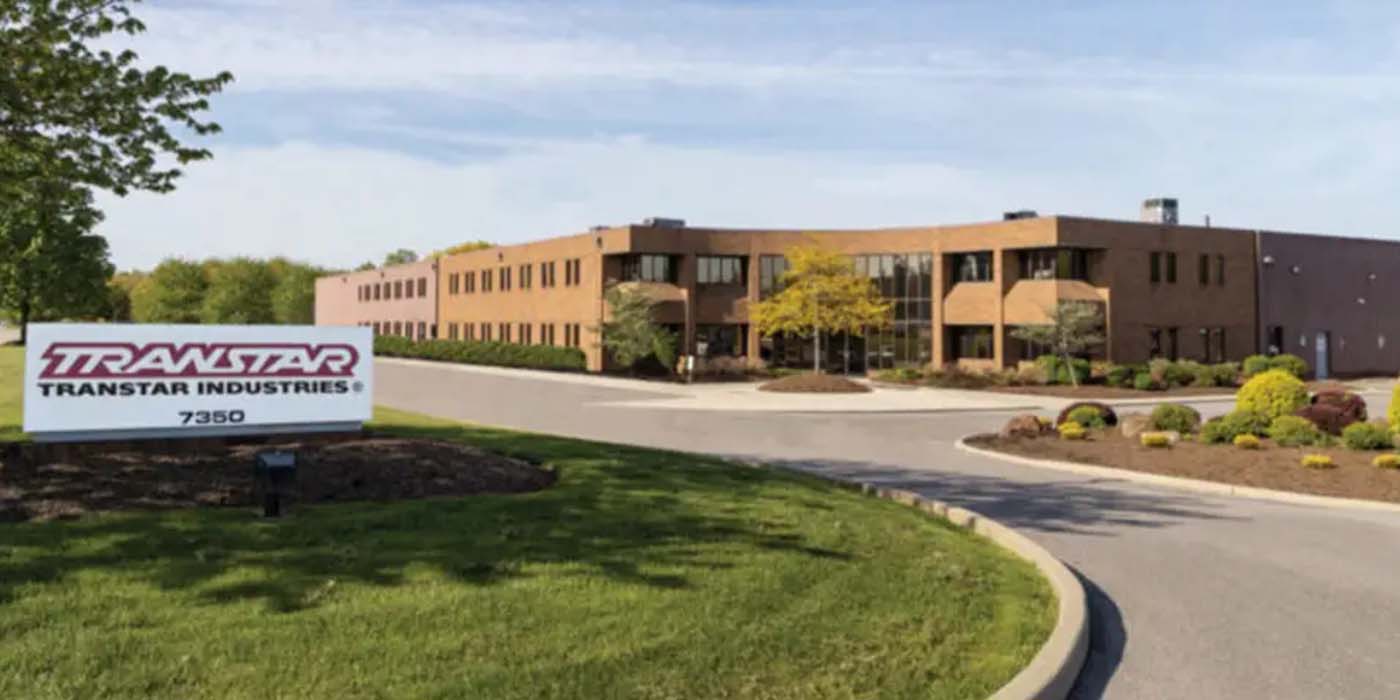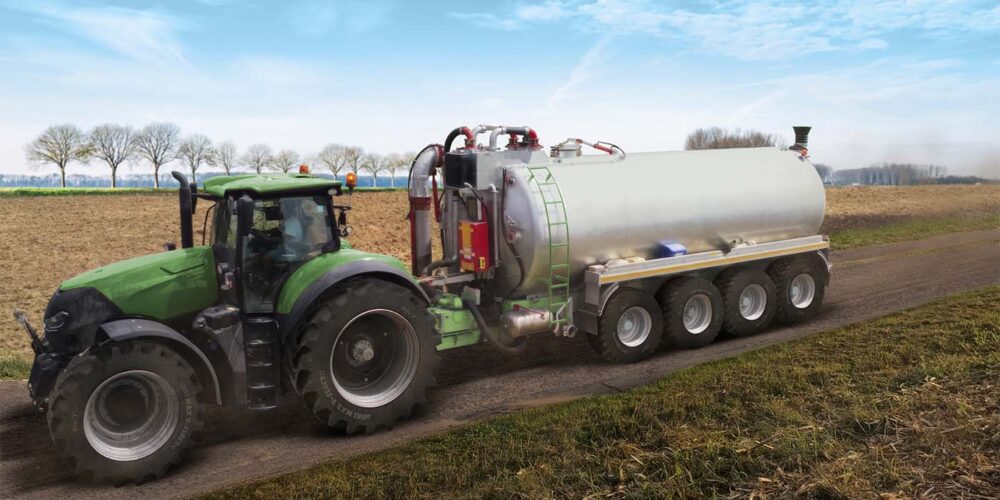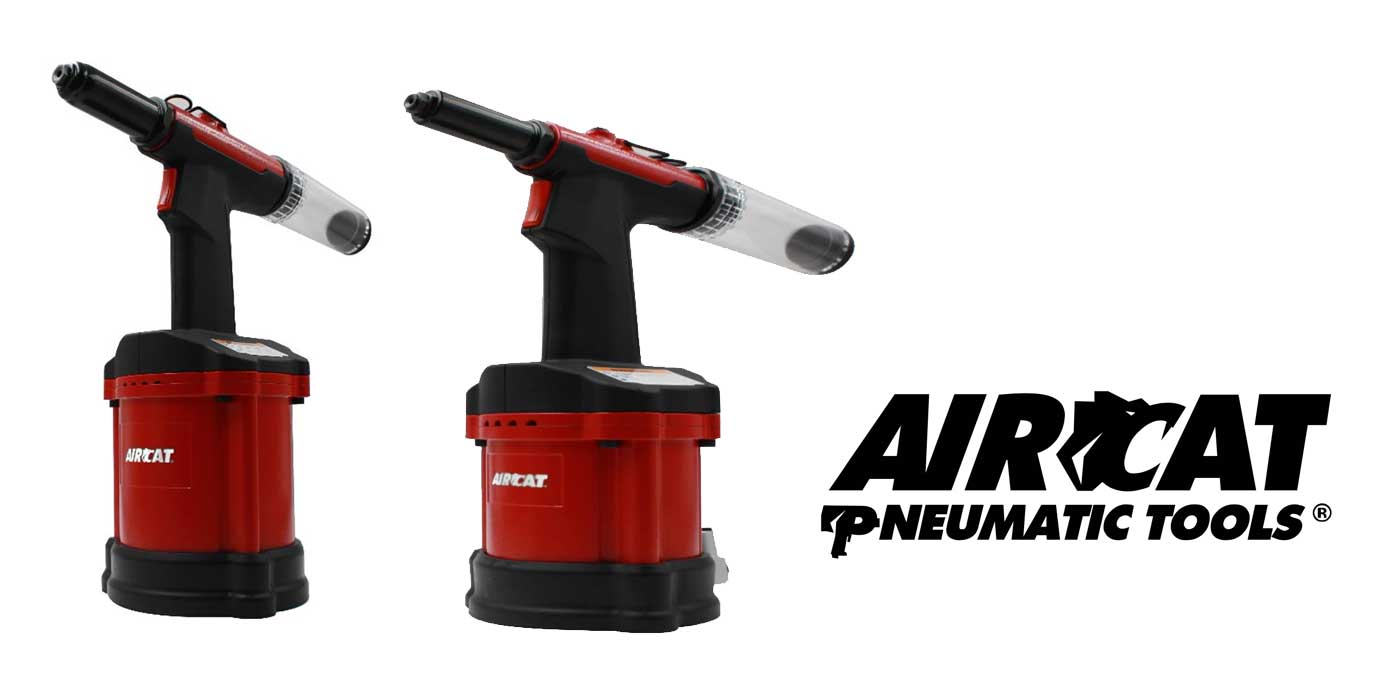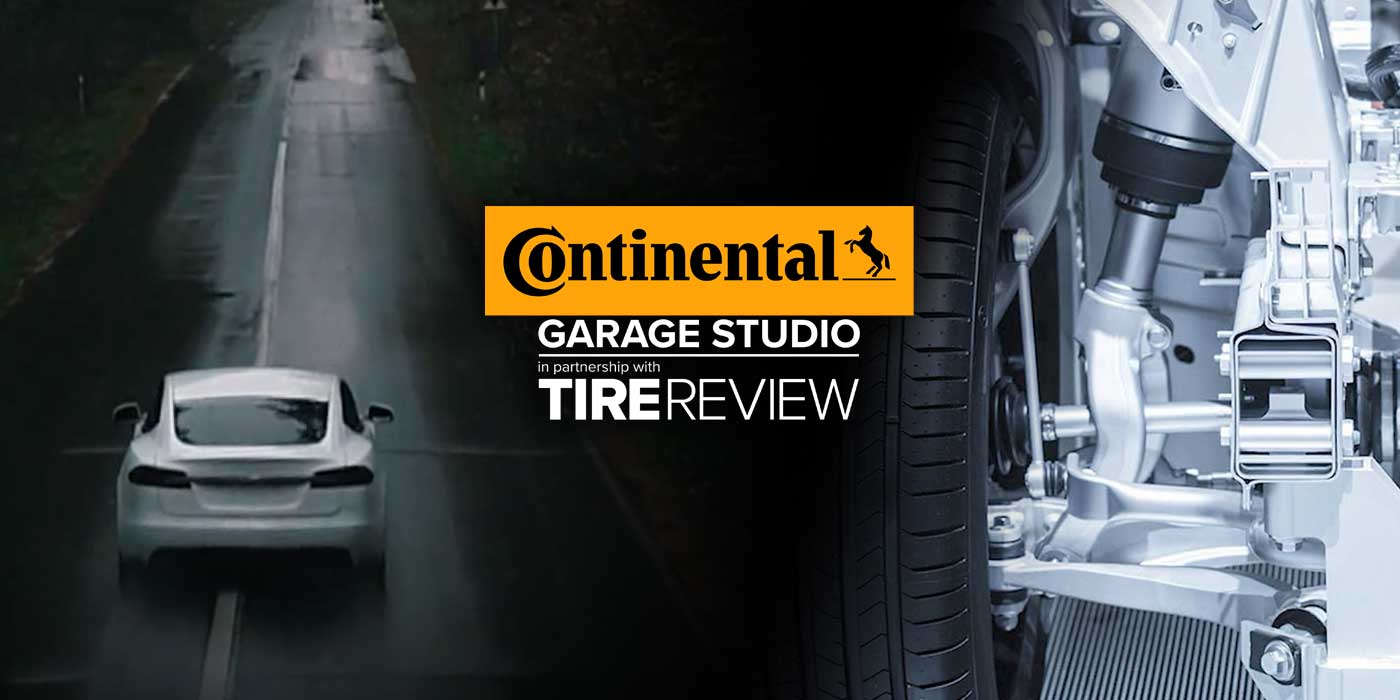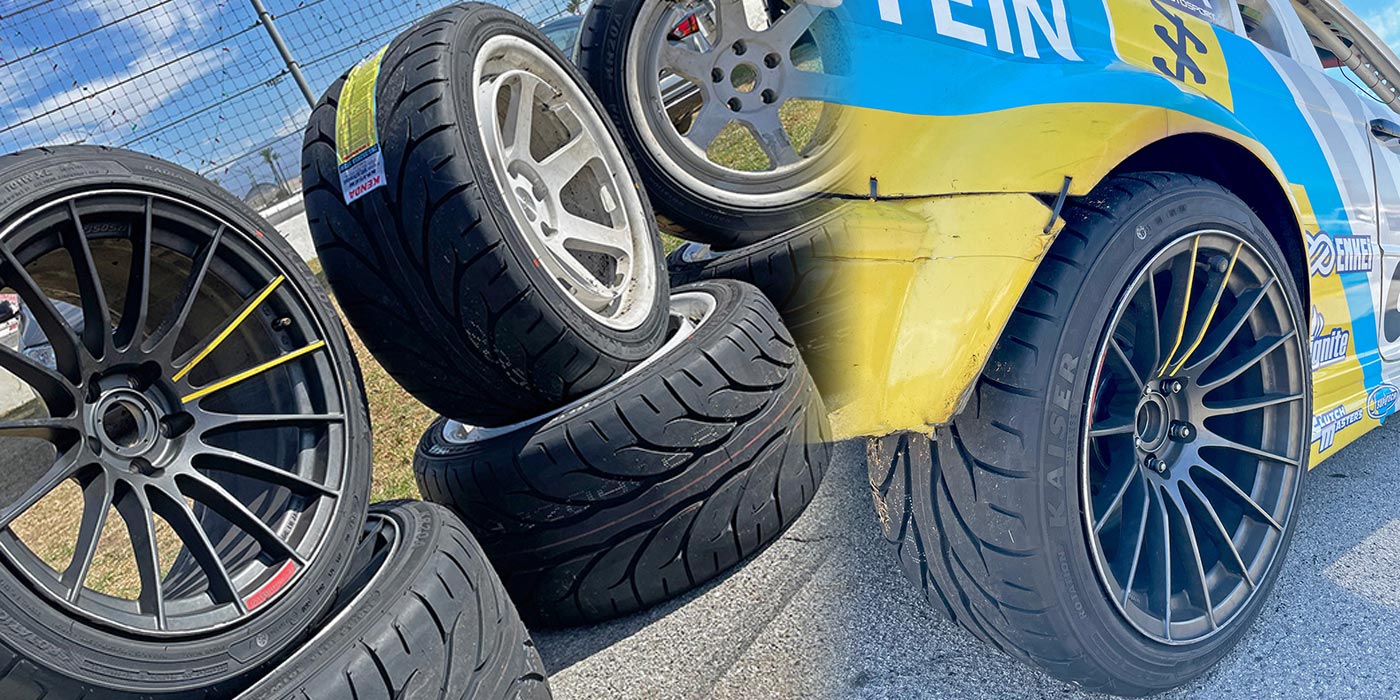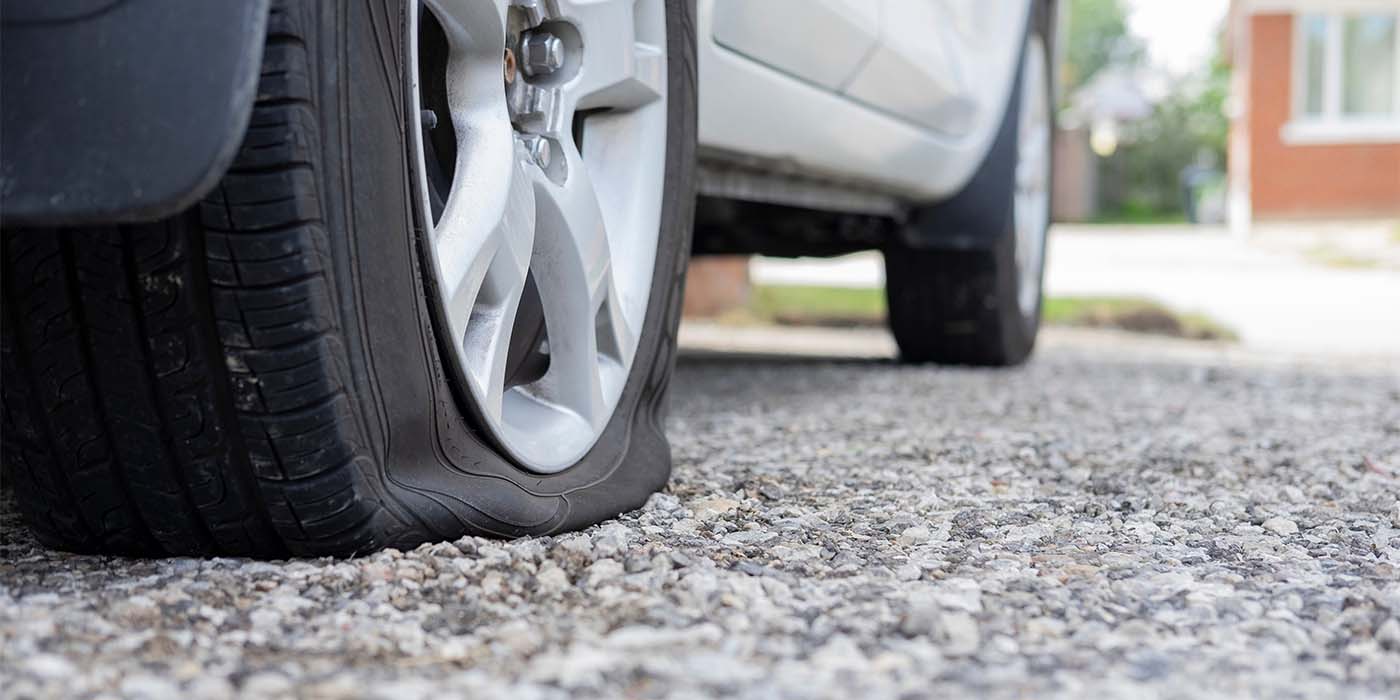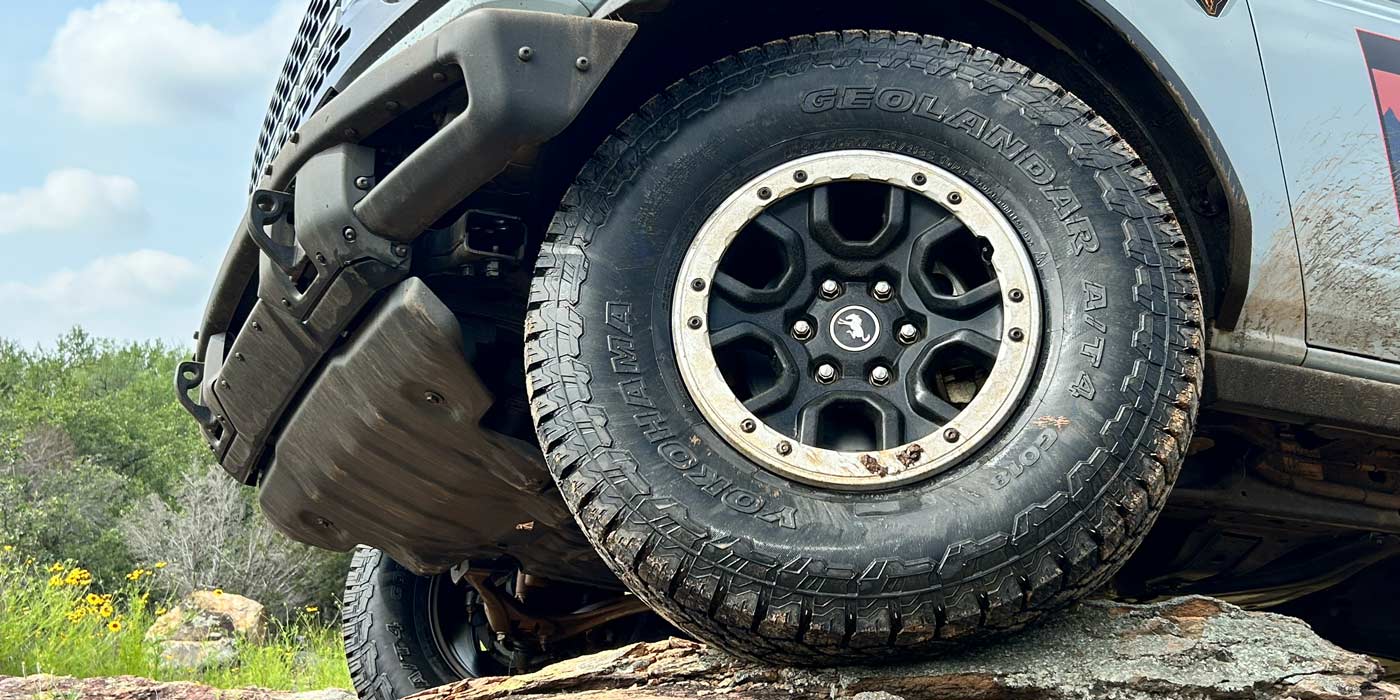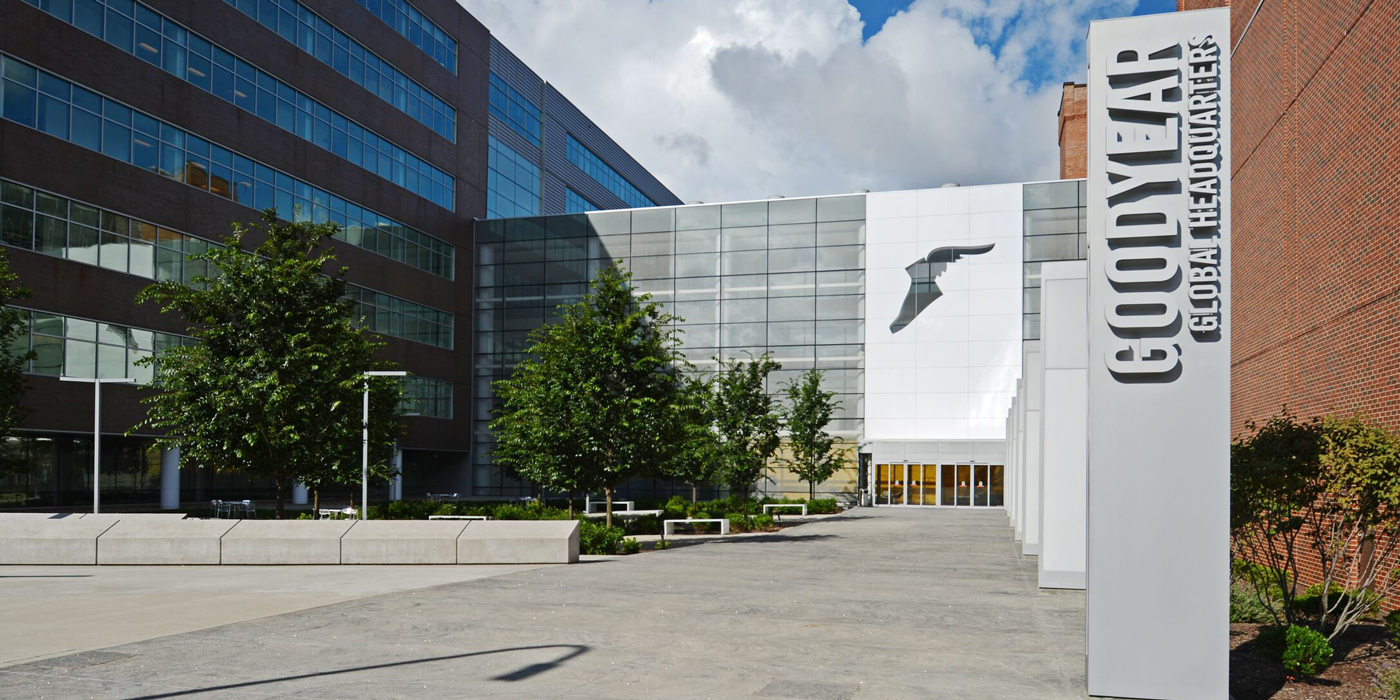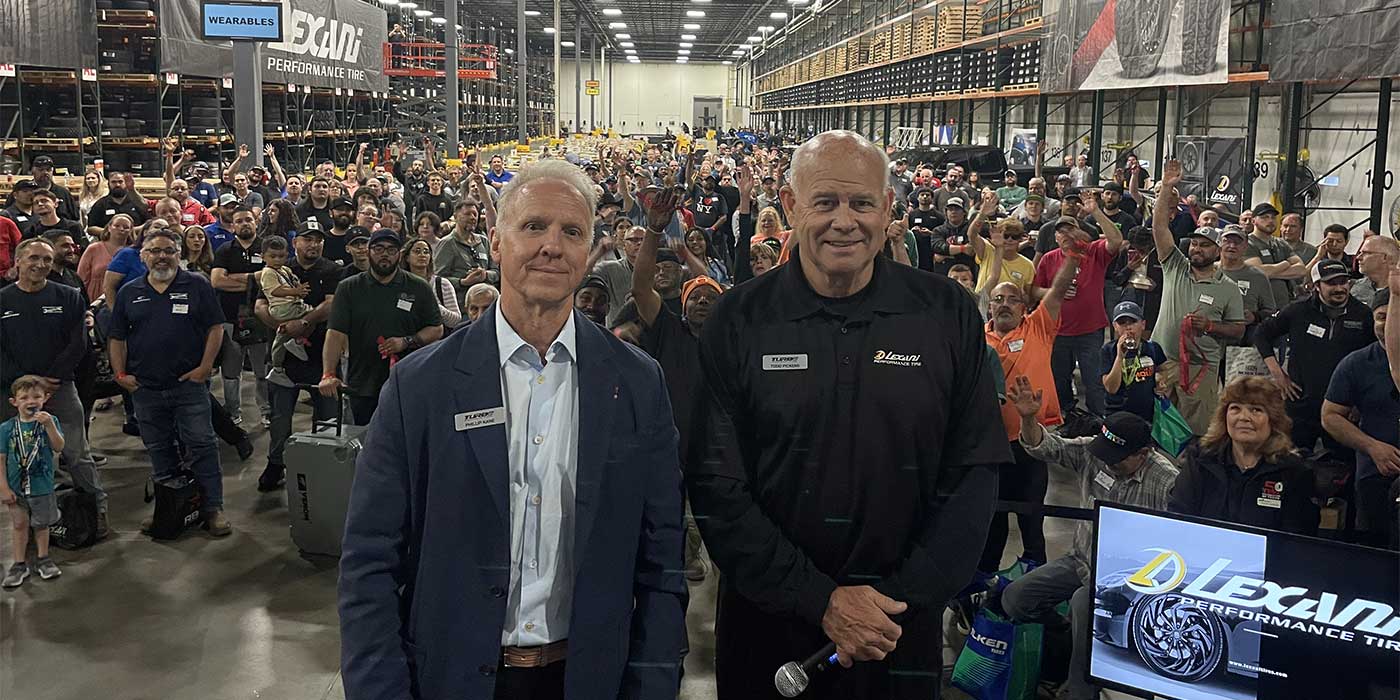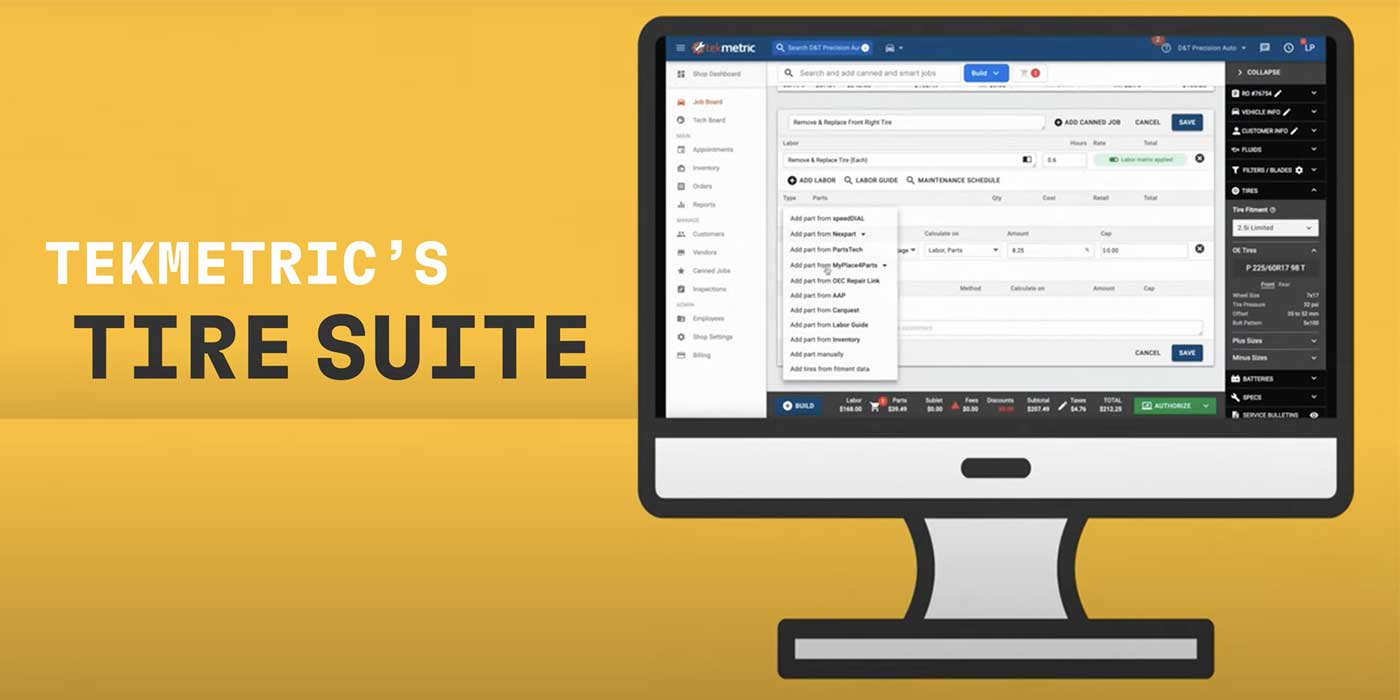And it will soon be seen whether these moves have actually more than merely temporarily quenched the parent company’s thirst for money.
It appears that the tyre maker’s parent company, Pirelli & Cie SpA, continues to have problems. Its shareholding in Telecom Italia has always been troublesome and was (and is still) obviously not fulfilling high expectations. Only recently more and higher depreciations had to be integrated into Pirelli’s balance sheet because the stock price of Telecom Italia proved unable to recover. In glaring contrast, however, is Pirelli’s tyre business.
Pirelli Tyre has experienced incredible developments and a great leap forward under the leadership of CEO Francesco Gori. He has proven that it is not necessary to generate an annual turnover of more than five billion pounds in order to be regarded as successful. Furthermore, he has also proven that it is sometimes more beneficial to have one brand that’s managed well than a whole bouquet of different brands for every different market segment.
Pirelli Tyre doesn’t need to offer every single tyre product under the sun. When it became obvious that Pirelli could not earn much money with commercial tyres in some countries, the Italians changed down a gear and instead concentrated on markets offering a better outlook. In other parts of the world, such as in Asia, where they have recently entered into a China joint venture, Pirelli has just begun to explore the marketplace. Commercial tyres the company now produces in China are either sold domestically or exported to Asian markets as well as to Australia and New Zealand. But they are not sold in Europe.
Having said that, Pirelli without a doubt maintains a global standing with its high performance tyres designed to fit luxury and supercars. There is no mature tyre market in this world where Pirelli’s passenger car tyres are absent. For many years it has seemed that Pirelli was able to earn healthy revenues primarily because it had the right product mix. There is probably a lot of truth in this statement, because what is true for car manufacturers also applies in the tyre world: small cars equal small profits, big cars big profits.
Therefore, we shouldn’t be surprised that most tyre manufacturers in the world sound alike when they talk about changes in their product mixes, saying they need to concentrate on HP and UHP tyres and improve their product mix accordingly. To date it has been Pirelli Tyre that has managed to adapt to this approach most seamlessly. The Italians stepped aside and left the so-called “long-run tyres” or “bread-and-butter tyres” to their competitors in order to exclusively concentrate on the top end of the passenger car tyre market.
That Pirelli Tyre has achieved a great deal in recent years can be seen in the United States. The Italian tyre manufacturer wasn’t afraid to almost completely pull out of the world’s single largest tyre market in order to start all over again and to build its business relations again entirely from scratch.
Today Pirelli is supplying tyres to OE customers in the U.S. from its very competitive factory in Brazil (Bahia). At the same time, tyres that are produced in Pirelli Tyre’s high-tech MIRS facility in Rome, Georgia, are sold on the American replacement market and as OE fitments for luxury cars. And obviously it is not detrimental to Pirelli’s selective tyre market approach that it possesses very strong brand recognition across the world.
Gori and his team at Pirelli Tyre are not overly consumed with explaining to the world what they want to do – they just do it and later can present the evidence to prove that they were right. Three years ago those responsible at Pirelli Tyre were rapt to have managed to reach an annual turnover of £2 billion. For the 2006 year, Pirelli Tyre has been estimated to have generated a turnover of more than £2.6 billion. And the company hasn’t bought this turnover, it only stems from organic growth.
At the same time Pirelli Tyre’s profitability hasn’t suffered either. EBIT figures are much like those presented by other top-of-the-line manufacturers, and in some ways even better. It is only Germany’s Continental that can show off even better profits, as they were amongst the first companies to relocate their production sites to low-cost countries. This competitive advantage is obviously paying off at the moment but other manufacturers will manage to close the gap in the coming years. Pirelli, for example, is on its way and we don’t need to be clairvoyant to see that the company will also be able to significantly reduce its global production costs without emigrating to low-cost countries. This will very likely cause some headaches for those who still consider themselves in the lead.
Why should this be the case? To start with, Pirelli Tyre has whipped its production facilities into shape. For example, its German production site in HÖchst is widely regarded by all industry participants as a highly efficient and competitive production site. The same is true with the company’s factories in Italy and Turkey.
Instead of just relocating production capacities from here to there, Pirelli has chosen a different way and with its MIRS factories established a new standard for profitably producing even very small batches. This is also reflected in product quality. There are literally no tyre tests undertaken by reputable Western magazines where Pirelli brand tyres are not among the best products tested.
The Pirelli product is right. Pirelli has an excellent reputation and a brand recognition that its rivals would struggle to outperform. Consequently, the reduction of production costs today takes centre stage.
With the construction of its new tyre factory in the Romanian city of Slatina, Pirelli is obviously challenging competing tyremakers in terms of costs. But this move has thrown those who believed Pirelli would use the low-cost location for the production of cheaper and technologically less challenging products. During the official opening of the new Romanian facility at the end of last year, guests visited a highly modern tyre factory that exclusively produces high performance tyres such as SUV tyres. Tyre sizes produced in Slatina range from 17 to 24 inches. This new factory is currently regarded as the most modern tyre factory in the Pirelli world aside from the MIRS facilities. The equipment installed and machinery used in Slatina is unmistakably top-of-the-line. At the end of the year Pirelli rolled out the first high performance and SUV tyres, designs featuring summer as well as winter tread patterns.
The city of Slatina is situated in province of Olt about two hours drive from Bucharest, Romania’s capital. In Slatina, Pirelli Tyre has already started to produce steel cord in partnership with Continental. The Germans are minority partners in this joint venture company. This, together with Pirelli’s new tyre factory, will make Slatina one of the most important production sites for passenger car tyres across Europe.
During the course of this year Pirelli will increase its production capacity up to 2 million units. It is very likely that by 2008 the factory will have already reached its maximum capacity of 4.5 million units. Nevertheless, if necessary, Pirelli will be able to build yet another tyre factory on the same site. The Italians have bought enough land and could probably double the current maximum production capacity if they needed and wanted to.
Currently about 770 people work at the site, 450 of which produce tyres. The others are employed by the steel cord joint venture factory. When the tyre plant is producing at full steam about 1,000 workers will be employed at Pirelli Tyre in Slatina. All in all, the Italian tyre major has invested up to £110 million in its new tyre factory.
Although there is plenty of good news, Pirelli Tyre faces one problem with its Slatina facility: there is no real need for high performance tyres in Eastern Europe at the moment. “Not yet” is the initial reaction to questions regarding this issue. The management of Pirelli Tyre is convinced that in the future – and maybe sooner than expected – Eastern Europe will become a market itself – a market that should generate a sufficient demand for Pirelli high performance tyres.
However, for the time being it is more realistic that only ten per cent of the tyres produced in Slatina are sold domestically and in adjacent countries. The remaining 90% will have to be sold in the (old) European Union markets. Romania itself gained admission into the European Union this January.
Currently, Pirelli’s competitors Michelin and Continental also operate factories in Romania. With their enormous capacities they could easily flood the whole Romanian market. But the truth is: Romania is a tyre exporter and will probably gain more importance in this capacity. During the official opening of the factory, Gori made sure he pointed out that Slatina’s production capacities will be used in addition to what Pirelli Tyre has elsewhere and were not destined to replace more expensive capacities, even though the tyres produced there will be sold in numerous European countries.
Talking to journalists during the opening ceremony he ironically criticised Continental AG, pointing out that the German tyre market is the most demanding market in the world in terms of technology. Thus it was difficult to understand the logic of some rival manufacturers who say: sophisticated tyres should not be produced in a ‘demanding’ market anymore but in low-cost countries. A tyre manufacturer has to be where he has his customers – in the long run it cannot be otherwise. Tyre companies that give up their proximity to their customers will most likely run into difficulties in the affected markets.
At the moment Pirelli is operating 24 tyre and/or steel cord factories in twelve different countries and sells tyres in 160 countries across five different continents.
In an interview with Tyres & Accessories, Gori commented on Pirelli Tyre’s failed IPO. The reason for Pirelli & Cie SpA cancelling the IPO was not because of the tyre division itself but due to general market conditions, which weren’t favourable for such a project at the time. The stock market couldn’t take on shares from a new company because it was saturated at the point when the parent company had scheduled the IPO.
To Gori the most important task today is to continue walking down the road of growth. According to the company, the U.S. business is still growing by more than ten per cent per year and this double-digit growth figure will remain unchanged over the coming years. The supply of the U.S. from the Brazilian factory works in an excellent arrangement. However, it is predictable that an increase in capacity will have to take place there in the near future.
On the other hand, conducting tyre business in the US is not as simple as these figures may lead us to believe. Like other tyre manufacturers, Pirelli also faces some difficulties in the OE market where demand changes heavily from month to month and cancellations for orders come at very short notice. Despite all these imponderabilities with OE customers in the U.S., Pirelli Tyre can barely manage its market re-entry without original equipment. The question of whether or not Pirelli Tyre is actually earning money with OE customers in the US should probably not be asked at the moment. All in all, however, the North American tyre business should be very profitable for Pirelli. Market share has not been purchased, rather the company has grown organically, senior managers always assert.
On the other side of the world Pirelli has taken its first steps onto new markets. The new truck tyre joint venture in China offers vast opportunities. What is true for other markets is also true for China: Pirelli Tyre is growing step by step. This means that any position the company reaches is defended first and then expanded if possible. Buying into the Chinese market is not Pirelli’s way either. And as it has already proven, the Italian tyre manufacturer can earn far more money from truck tyres than major competitors.
Another issue in which Gori will be proven right is that a tyre manufacturer doesn’t necessarily have to possess a multi-brand strategy to be successful. He’s never agreed with this market approach, which has been and is still followed by most of his competitors.
The new factory in Slatina will produce the most modern and demanding high performance tyres that European markets could wish for but Pirelli hasn’t invested a single pound into standard bread-and-butter tyres. The same issue can be viewed from a different perspective: why should a tyre dealer have to buy 65% to 70% of his demand from a solitary manufacturer? Where is the advantage in this close cooperation between the industry and the tyre trade?
Pirelli Tyre itself is not going to invest into this business and it never has. What the company is instead investing in is its brand and today’s and tomorrow’s products. Gori isn’t even afraid to miss out on some interesting and potentially profitable business: “If we had to develop a multi-brand strategy, we could easily buy these tyres on the market and then play the game with ease.” Pirelli Tyre’s CEO isn’t afraid of companies that follow even the most effective multi-brand strategy there is – even if these competitors possess the best products.
What he instead feels uneasy about is the very high level of regulations within the European Union that pose a plethora of restrictions upon the tyre manufacturer. If these regulations are meant to protect the environment Gori is by and large supportive. But the problem is that competitors from outside of the European Union – in particular he refers to Asian countries – should also comply with these regulations, although very often they don’t.
Even if these competitors claim to play by the same environmental and other rules it is very difficult to actually verify these assertions. That these claims are very often merely lip service is not only accepted by Gori, but also taken as a matter of fact within the tyre industry.



